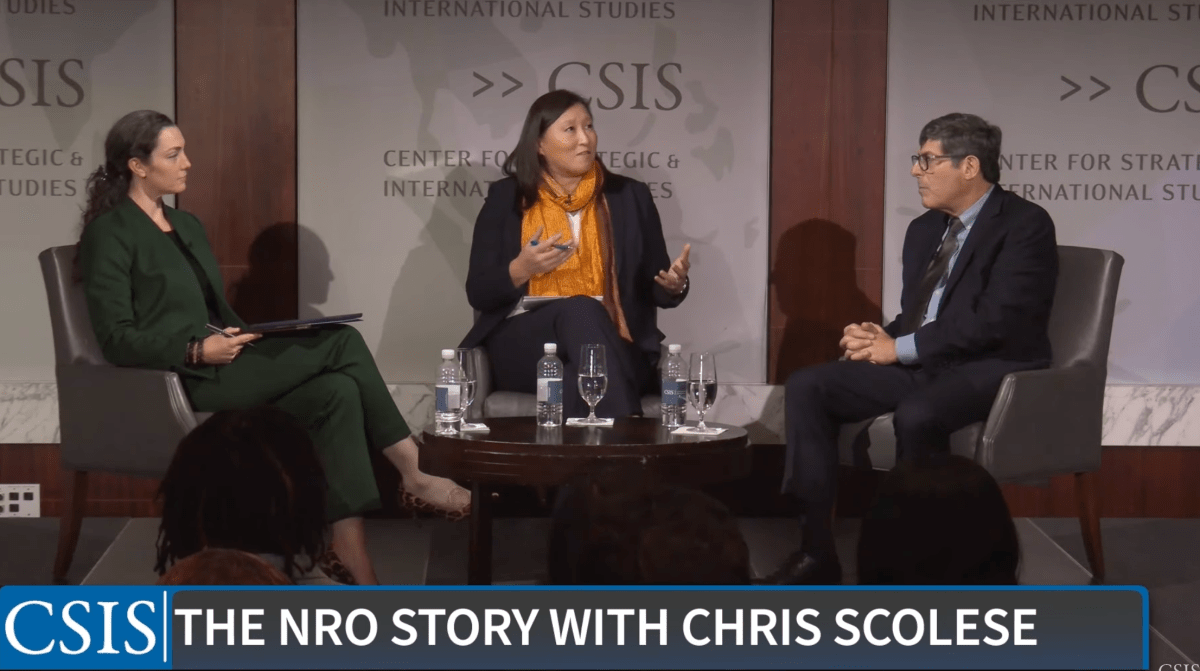WASHINGTON — The National Reconnaissance Office and the Pentagon are making strides in their collaborative effort to use surveillance satellites to track targets on the battlefield, NRO Director Christopher Scolese said Oct. 3.
Speaking at an event hosted by the Center for Strategic and International Studies (CSIS), Scolese revealed that by December, approximately 100 satellites could be in orbit as part of this initiative.
“We’re going from the demo phase to the operational phase, where we’re really going to be able to start testing all of this stuff out in a more operational way,” he stated.
The classified sensor satellites are designed to support military operations by providing real-time data on enemy movements.
This marks a shift from using satellites for traditional intelligence gathering and instead using them for “battlespace awareness,” noted Kari Bingen, director of the Aerospace Security Project at CSIS. “It’s not business as usual,” Bingen said during a Q&A session with Scolese.
‘Data centric’ problemThese new satellites will serve directly in military operations, and there will likely be challenges coordinating across intelligence and defense agencies, Bingen said.
Scolese acknowledged data integration issues but expressed optimism about the progress being made. “We have to deliver the data at the speed and with the characteristics that the user needs,” he said. “I see this as a data centric problem.”
Bingen pointed out that a moving-target tracking system to be successful has to merge and interpret data from different types of satellite sensors. “You’re collecting electro optical images, you’re collecting radar images, you’re collecting signals. You have to fuse that all together in real time,” she said.
These types of “tasking handoffs, or having to tip and cue between a signals collection system and an imaging system” create policy and cultural challenges, Bingen noted, because the intelligence community and DoD have not collaborated in this manner before.
Despite these obstacles, Scolese reported that technical issues are being resolved, and progress is being made on the policy front. “We’re still in the process of working through all of those things,” he said, emphasizing the importance of producing usable data not just for the military and intelligence but also for civilian government agencies.
The NRO has already deployed several batches of sensor satellites using SpaceX Falcon 9 rockets, although details about the satellites’ capabilities remain undisclosed. “We put prototypes of the various satellites up there that allowed us to see what they can do,” said Scolese.
To address integration challenges, the agencies are conducting exercises and wargaming events, Scolese explained, adding that these activities are helping to identify and resolve policy gaps.
In parallel with the NRO’s satellite program, the Department of the Air Force is developing a battle management system designed to support the integration of data from satellites and from other sensor platforms, in an effort to enhance the military’s ability to process and utilize the information.
